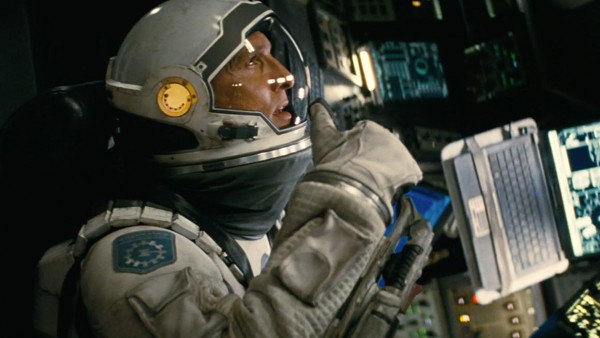7 Science Facts That Ruin Your Favourite Movies (But 2 That Make It All Better)
5. Interstellar: Never Mind The Black Hole

Interstellar is to be applauded for some of its depictions of science, but perhaps we need to scale it back from the initial standing ovation to more of a polite golf clap.
Amongst the good, there are a few things that are pure Hollywood magic, and this is coming from the film's science adviser, astrophysicist Professor Kip Thorne. In his book The Science of Interstellar, he does what any true scientists does, and picks holes in his own work.
One thing flagged up was the gravity assisted slingshot around a neutron star. There's nothing wrong with the concept of a gravity assist, those are actually a thing and are often used by NASA, but using a neutron star as a brake when travelling at those kinds of velocities would be like trying to stop your car on the motorway by putting your foot out of the door.
If, for some reason, they did manage to slow down enough for a smooth landing, they would be going from close to the speed of light (299 792 458 m/s) to about mach 5 (343 m/s). The sudden change in momentum would turn them into astronaut jam.